

Haverfordwest


Haverfordwest Castle
Barely 25 years after their conquest of England, the Norman barons established themselves in the westernmost corner of Wales. The native Welsh were cleared from large tracts of what is now Pembrokeshire and a colony of Flemings settled in their place. It was a Fleming. one Tancard or Tancred. who raised the original Haverfordwest Castle in about 1110


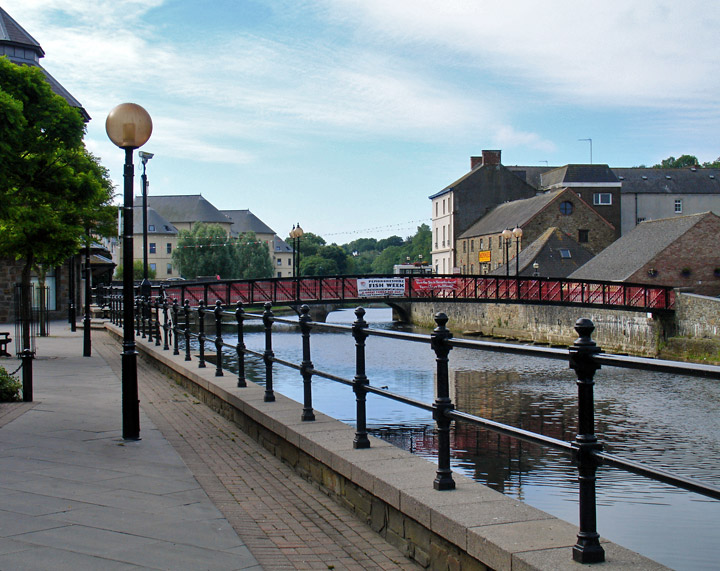
The Normans chose an excellent strategic position: a precipitous rock outcrop
close to the lowest fordable point on the river, the Western Cleddau, yet
accessible to the seagoing vessels of his day. The original fortress may have
been of wood. If so, this had been replaced by a stone castle some time before
the chronicler Giraldus Cambrensis visited the place in 1188.

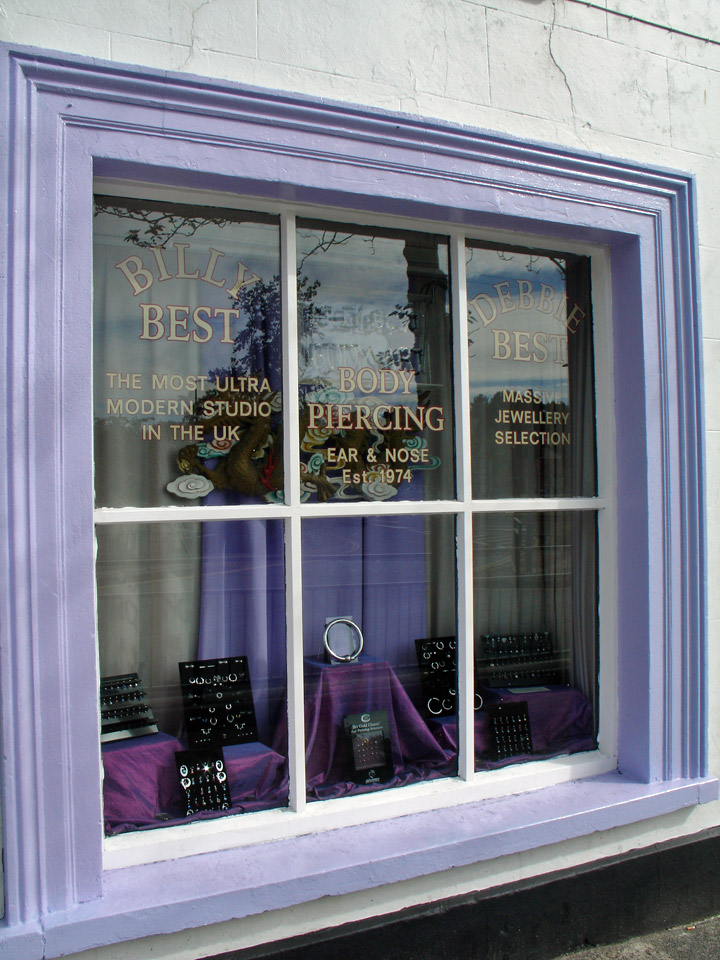
body piercing
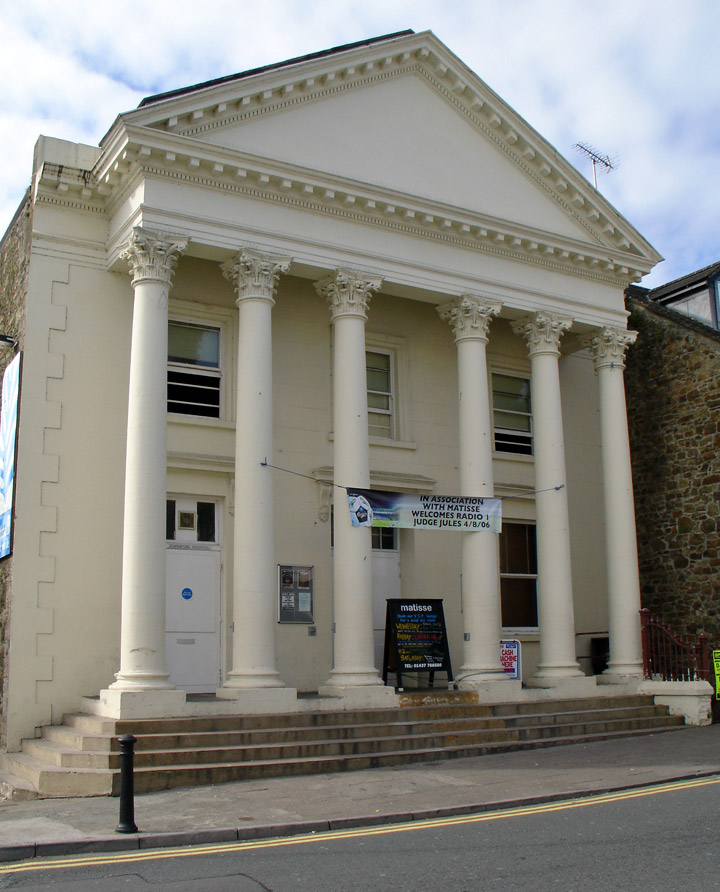
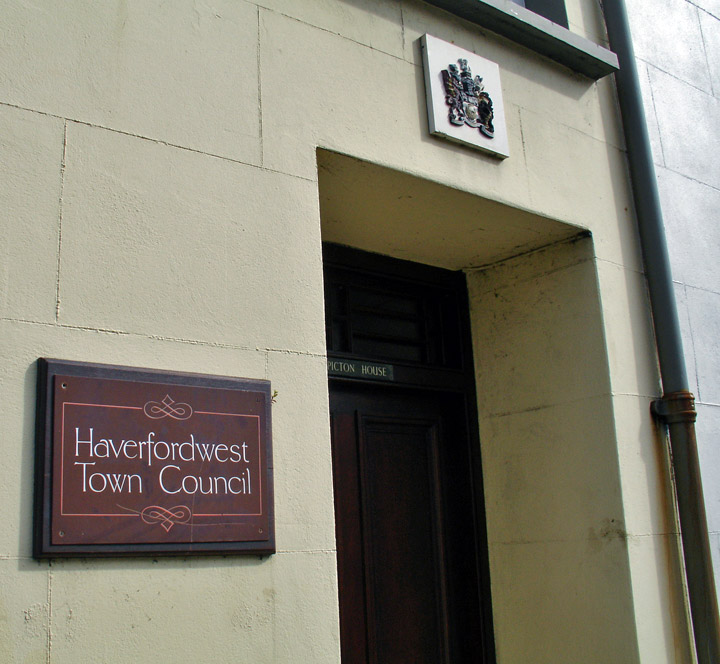
A town was first established under the castle’s western and northern walls and
Haverford. as it was known, was sacked by Llywelvn I in 1220 (the stronghold
itself held out), but its growth was soon resumed. To the east. Bridge Street
squeezed between the river and the castle rock, while High Street curved up the
hill opposite the castle’s south wall. By the end of the 13th century the castle
lay at the heart of a thriving borough, among the most populous and most
important in Wales.
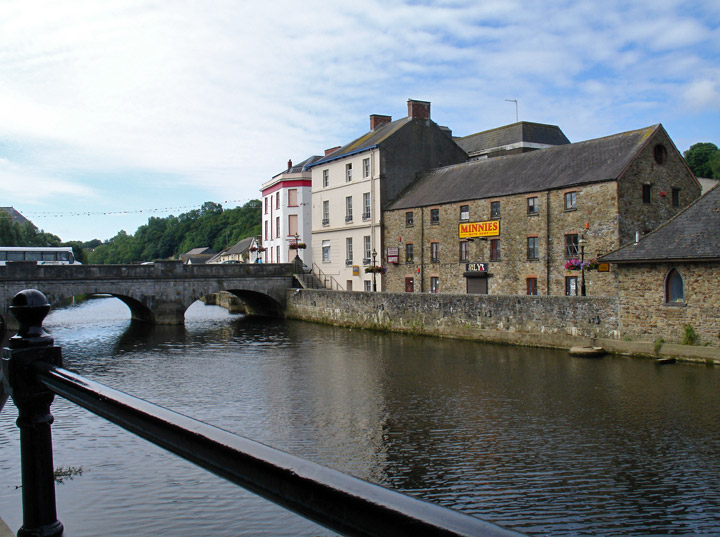


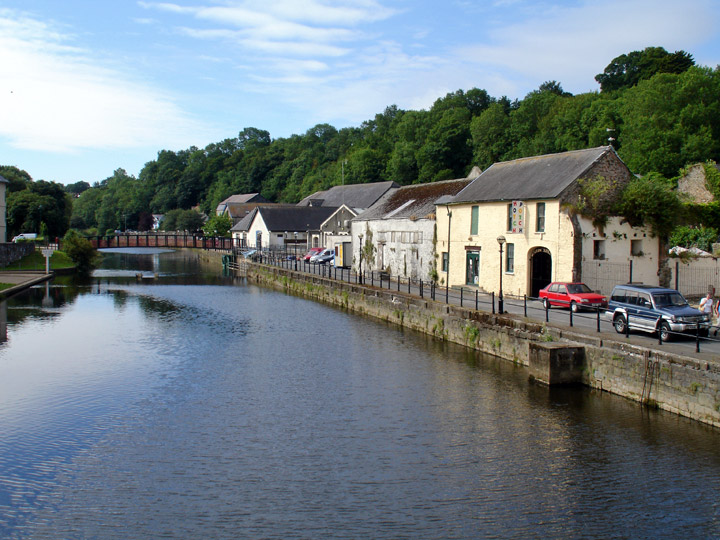
Eleanor of Castile. wife of Edward I and one of the royal holders of the
lordship of Haverford. spent a fortune on the castle. It withstood an attack in
1405 when the town was burned again. on this occasion by a French force allied
to Owain Glyndwr. Fifty years later the castle was in decay.
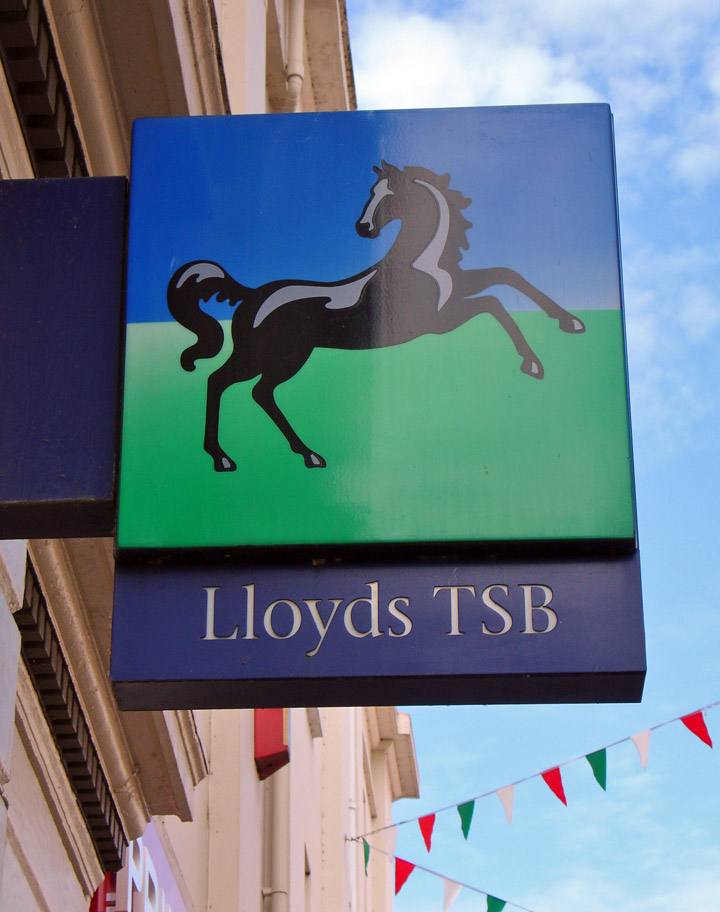
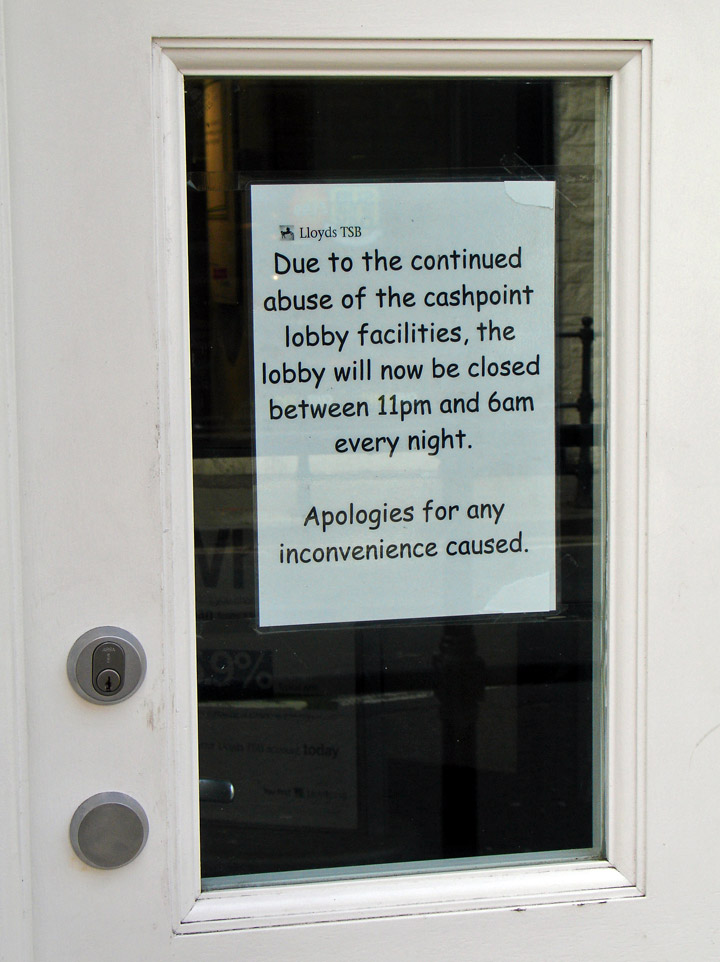


early low income housing
During the English Civil War the town and castle changed hands together. according to the fortunes of war. The castle was by that time of very minor military significance. Nevertheless Cromwell later ordered that it be dismantled. Compliance by the town authorities was at best half-hearted and the castle was allowed to crumble away. No doubt it became a source of limestone and sandstone for generations of builders, for rubble is the material of which the town is largely composed.
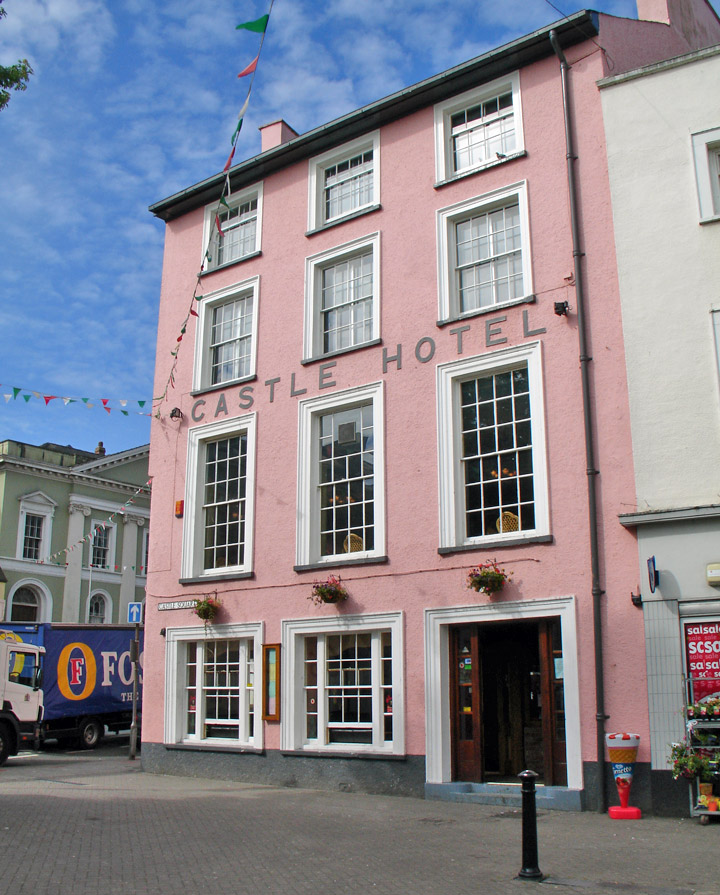
Castle Hotel
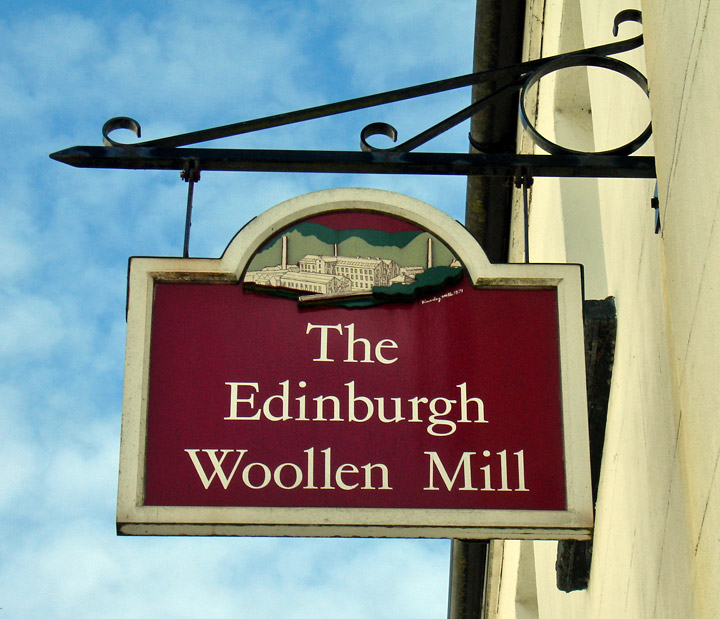
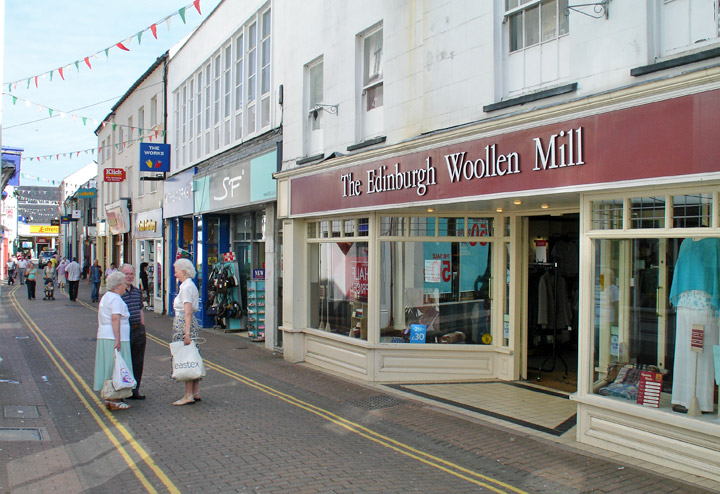
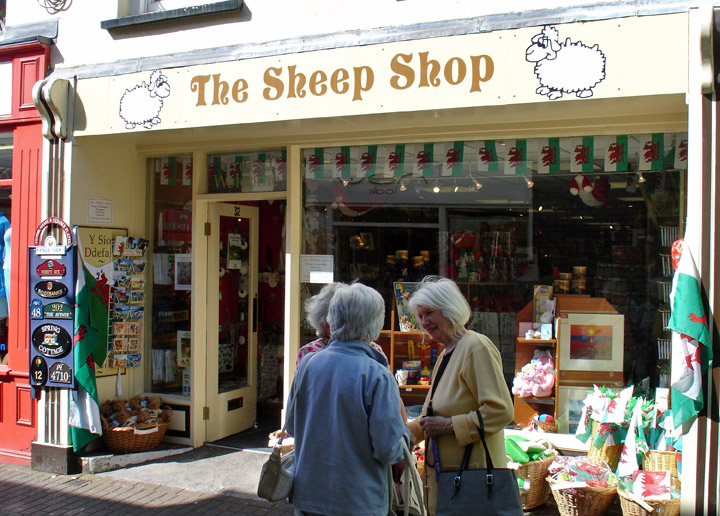
The walls and towers that survive are probably Queen Eleanor’s work. In what was
once the outer ward of the castle is a bleak 19th century prison, now the County
Record Office; also the small but interesting Haverfordwest Museum occupying the
former prison governor’s house ( a few hundred yards from the hotel).
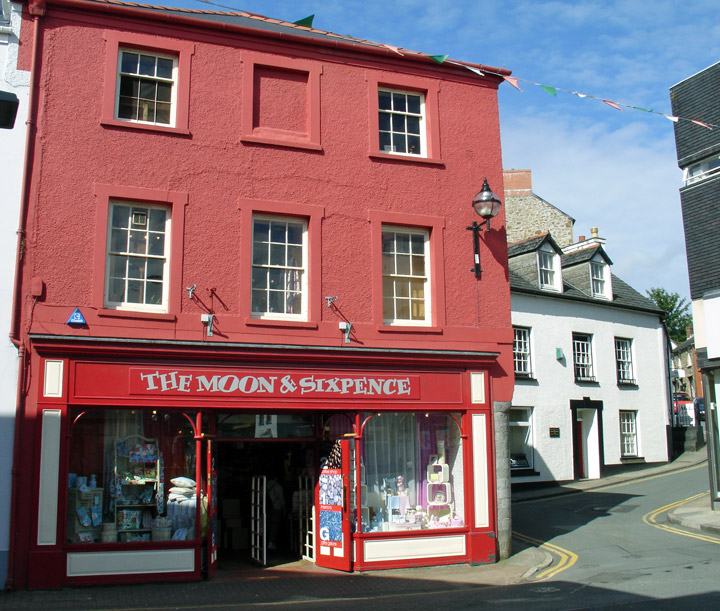
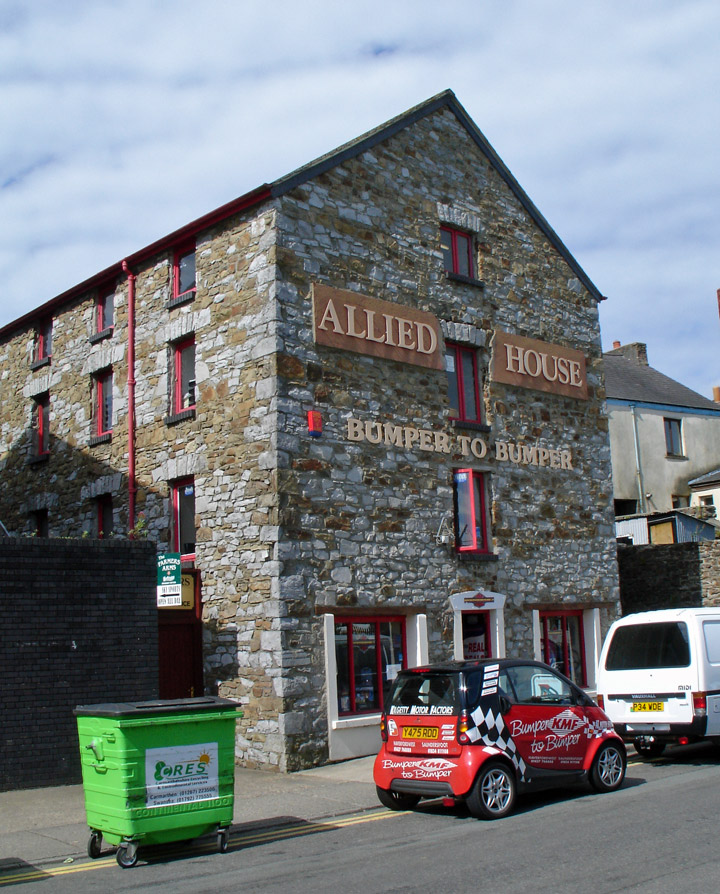
car parts shop
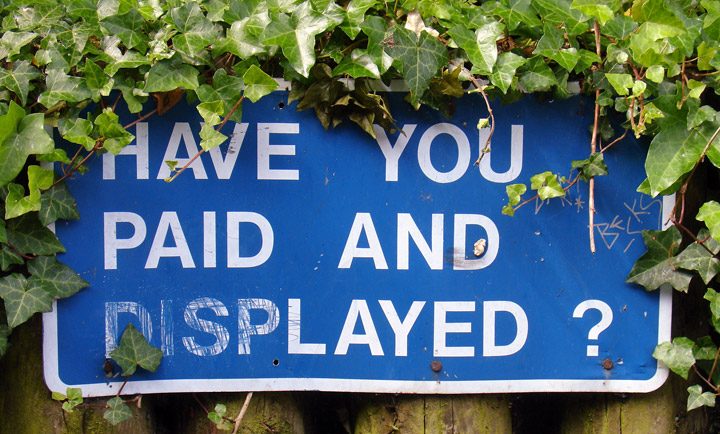
that is if you have parked your car
During much of the medieval period the town’s prosperity was guaranteed by charters and special privileges conferred by a succession of noble or royal patrons. These gave exemption from tolls and granted a monopoly of particular trades. Then, in mid-century, the Black Death suddenly decimated the town’s population.
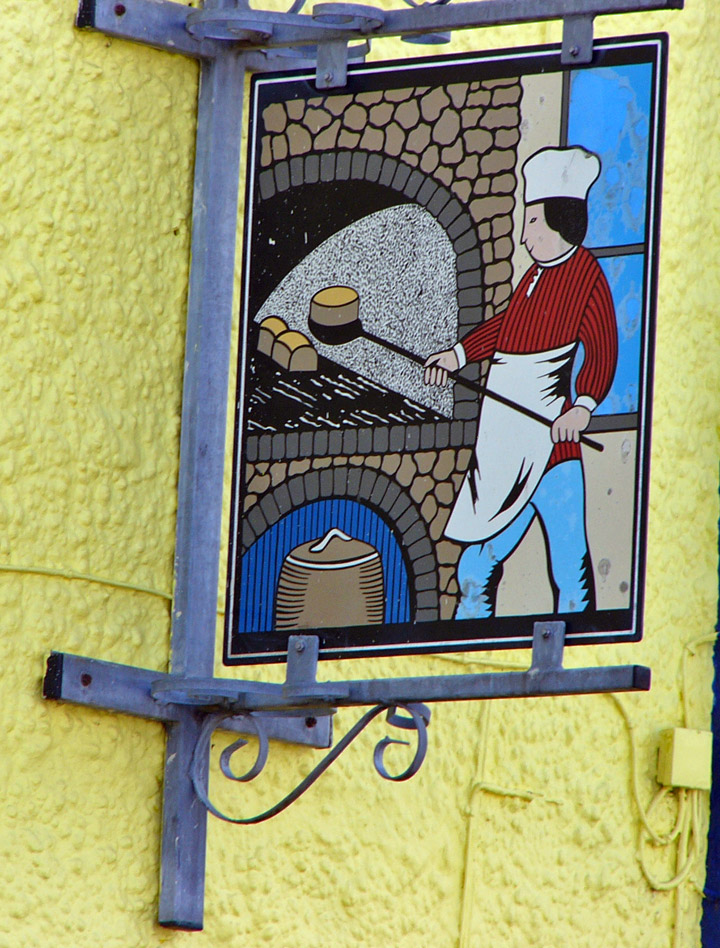
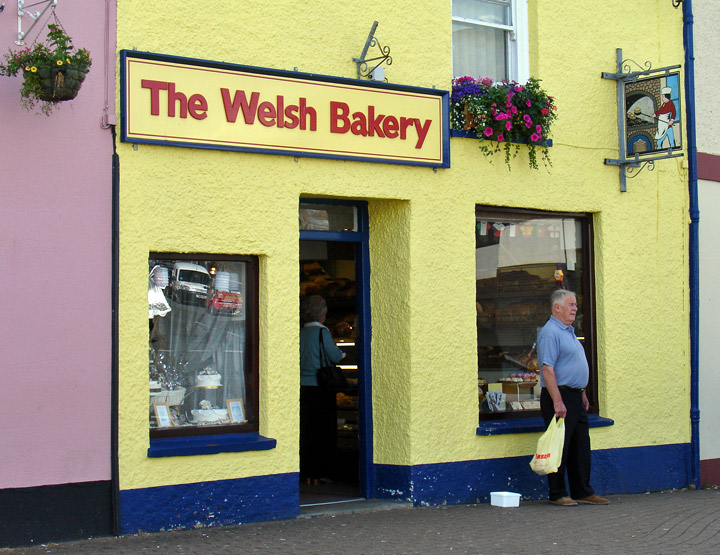
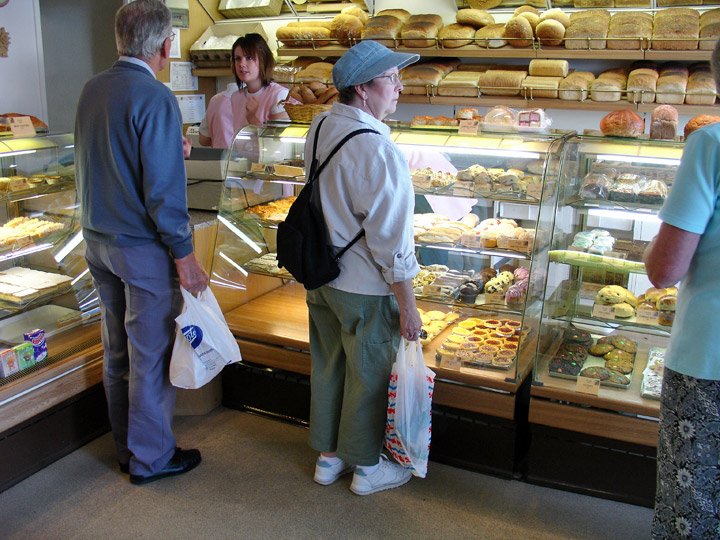
purchasing for lunch
It took approximately 150 years to recover from the catastrophe of the Black Death. By that time the suffix ‘west’ had become firmly attached to the name Haverford, apparently to distinguish it from the city of Hereford. Writing in the next century Shakespeare called it ‘Ha’rford-west’, as it is frequently pronounced to this day. By and large the town continued to prosper under the Tudors and early Stuarts. But with the Civil War came renewed depression, prolonged and greatly intensified by a return of the plague in 1654.
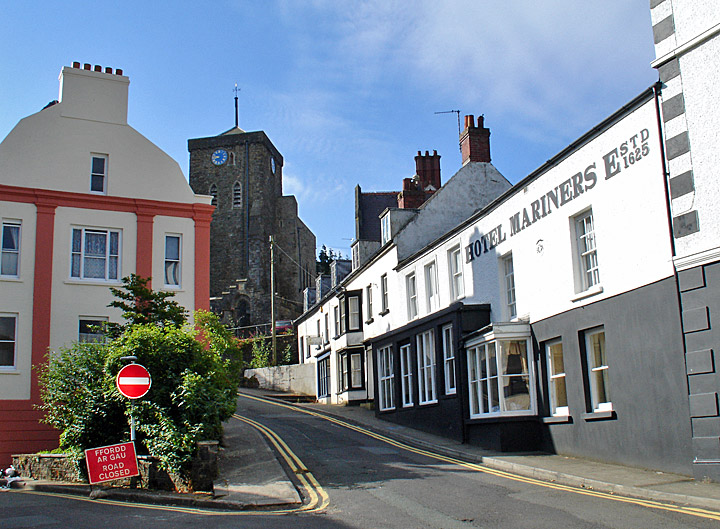
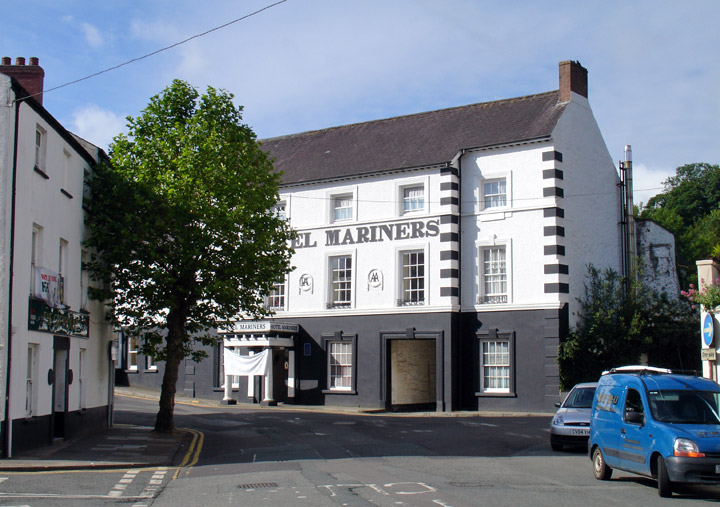
Hotel Mariners
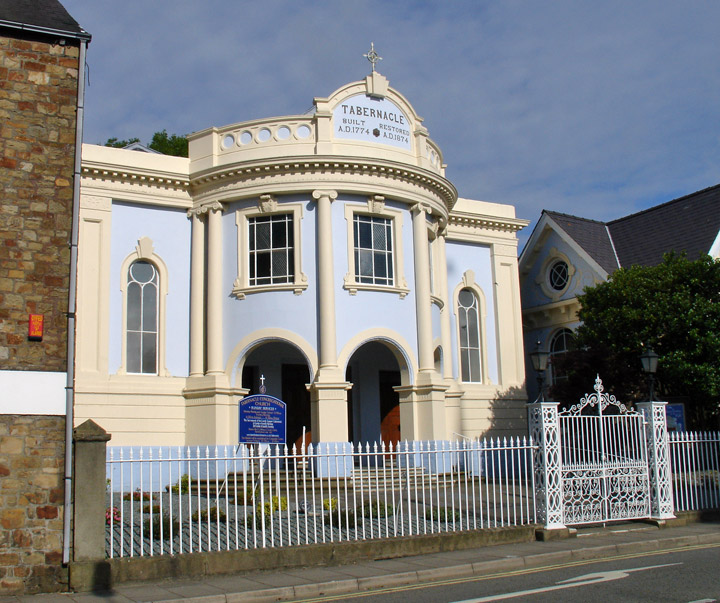
Tabernacle
The town we see today is essentially a relic of the 18th and 19th centuries. It became a centre for an increasingly wealthy society that was all but cut off - except by sea - from the rest of the country. Thus Pembrokeshire gentry often kept town houses in Haverfordwest. Foley House in Goat Street, for example, was designed by John Nash for one of the Foley family whose country seat was half a dozen miles away. The most famous of the Foleys was Admiral Sir Thomas Foley, a comrade in arms and close friend of Nelson. Another hero of the Napoleonic War, General Sir Thomas Picton, was born in a town house in Hill Street. He was killed at Waterloo. During the 19th century Haverfordwest was radically remodeled by William Owen, son of a local cabinet-maker and an architect of amazing vision and energy. Owen swept away crumbling hovels and replaced them with fine terraces. He erected numbers of public buildings (including the former Corn Market at the top of Market Street, now occupied by a cinema, and most notably the Shire Hall). And he transformed the eastern approach to the town by creating new streets (Victoria Place and Picton Place), plus the New Bridge (which he financed himself), in effect forming an extension of the High Street.

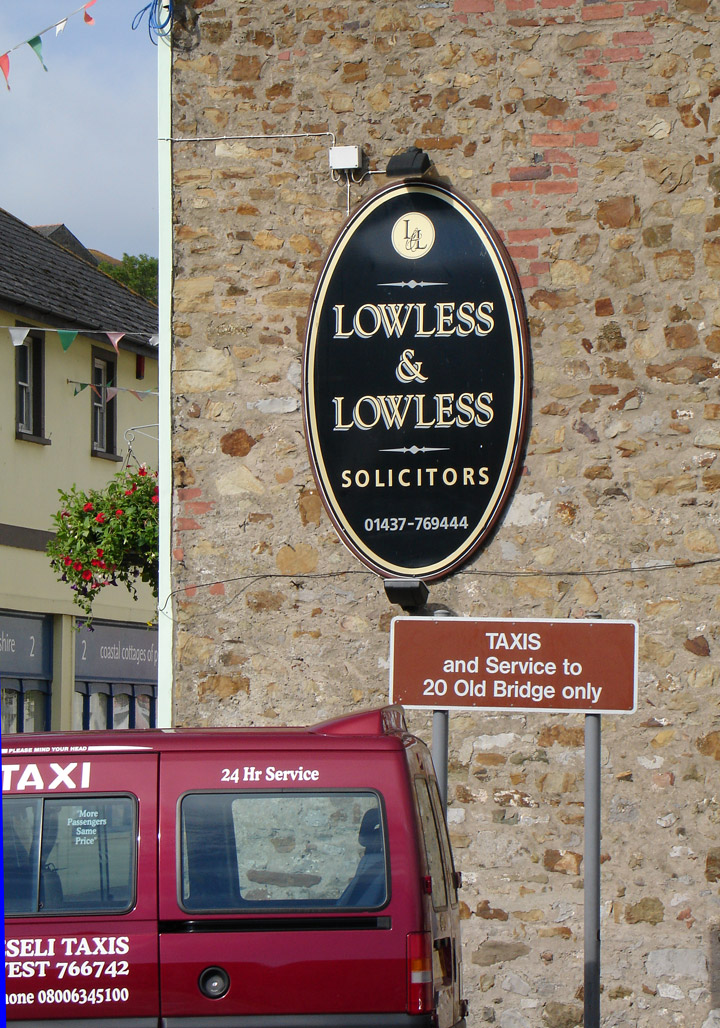
law office and taxi
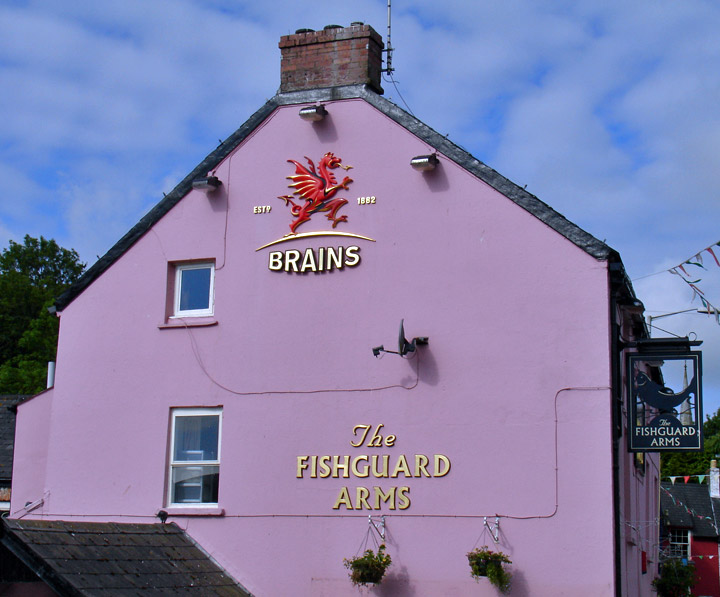
a pub
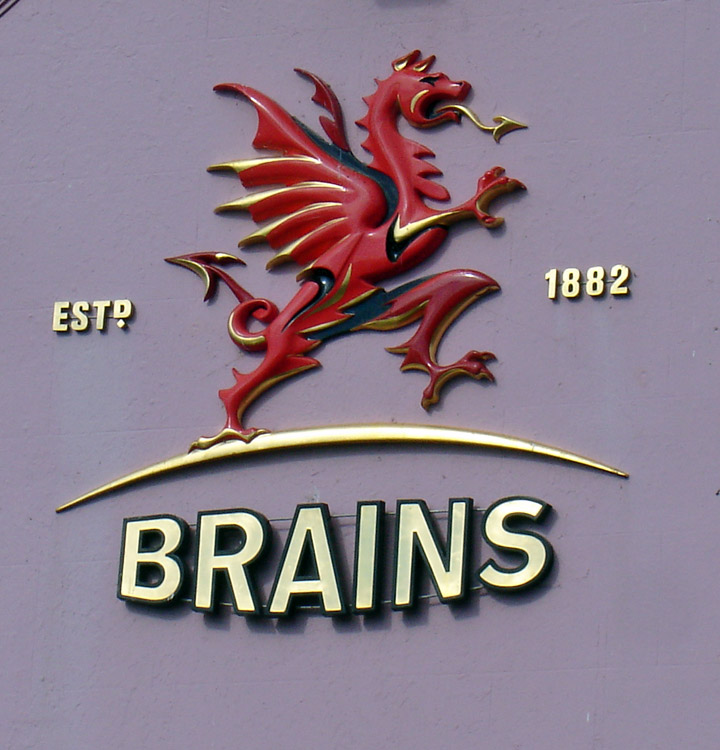
with Brains on tap
Like many country towns in Wales its fortune has waxed and waned especially in
the twentieth century. The presence of German and American military facilities
in the area brought much needed revenue but by the mid 1990s these were closed
resulting in an economic slump which the town is only now slowly recovering
from.
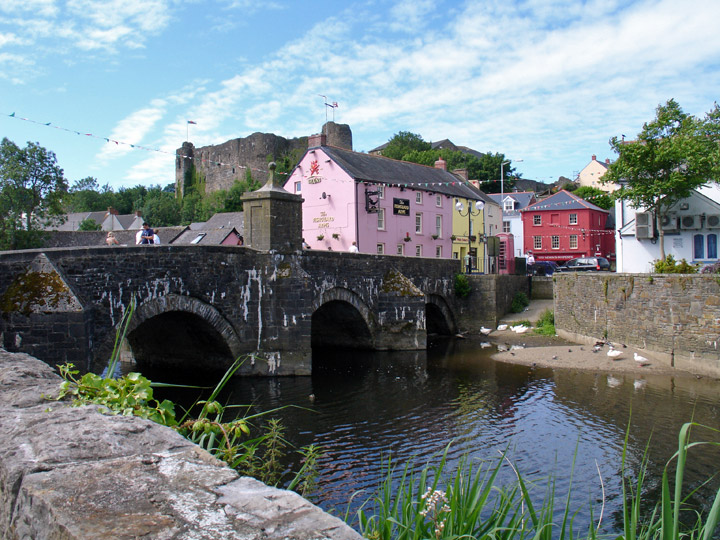
the pub and the castle
Photos of the People of Haverfordwest
Return to Wales Elderhostel page